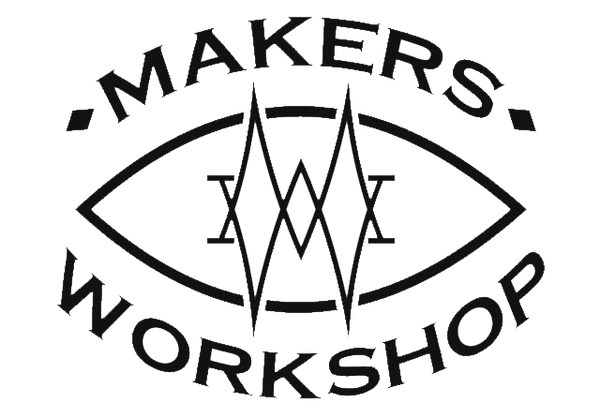The cost of cutting and processing tree lumber has been on the increase over time. In this post we will discuss the process involved in rough cutting and other wood processing activities, including drying.
To start with rough cutting, I’m using my bandsaw.
The first step is to use the bandsaw to cut a side of the lumber flat to make a flat reference edge for cutting the other parts of the lumber.
Using the flat reference as a base, I can then run the lumber through the band saw to cut the wood into small slabs.
Due to the presence of checked ends and cracks, I trimmed the boards’ ends and edges. However, before trimming the slabs, I needed to make a decision on the process and steps to take.
The first option is to trim first as it is important to prevent the cracks’ continuous extension to other parts of the board. On the other hand, the second option is to dry the wood slabs first and then find a way to deal with the cracks later. The first option provides me with a fresh board for the drawing process, which minimizes the possibility of the cracks on the wood continuing, so I went with that strategy this time, but what you pick can depends greatly on the intended use for the wood slabs.
After trimming, I took a look at the centerboard to check out the young growth. You’ll see a lot of different opinions on what to do with young growth. You can trim it off if you really want to… but in my experience it doesn’t affect the performance of the wood much at all. Additionally, If you look at Home Depot you’ll find wood intended for structural purposes with the young growth still on there.
… and for decorative purposes, there is no reason to not use the young growth.
This article will end here, and we will continue on other processing steps in subsequent articles.
